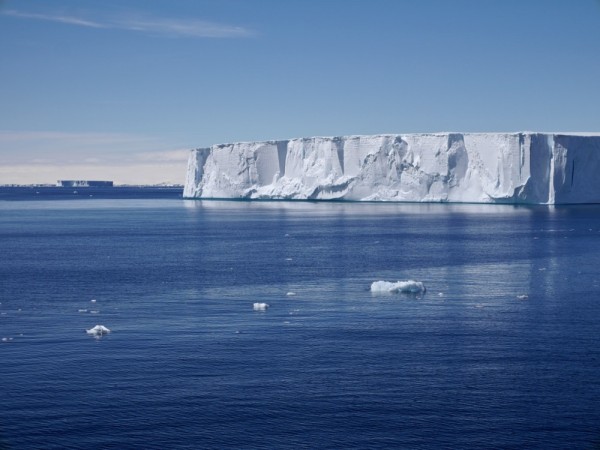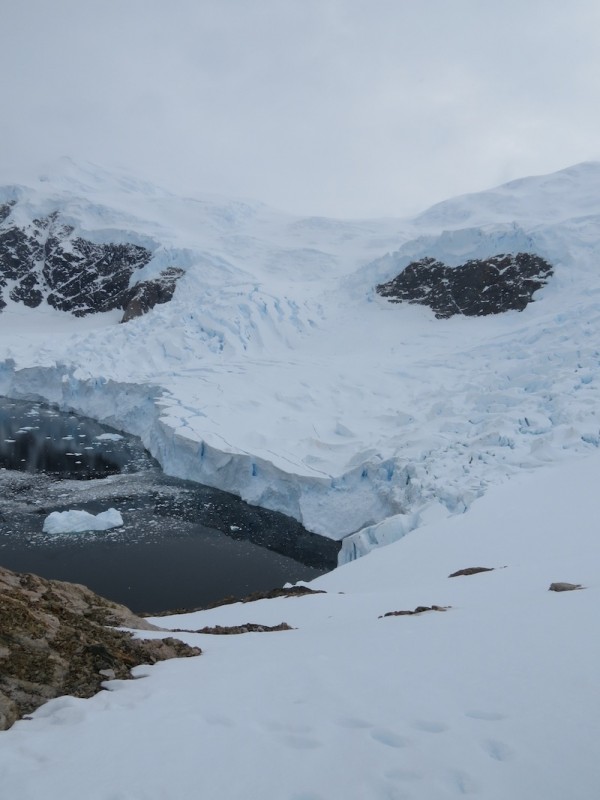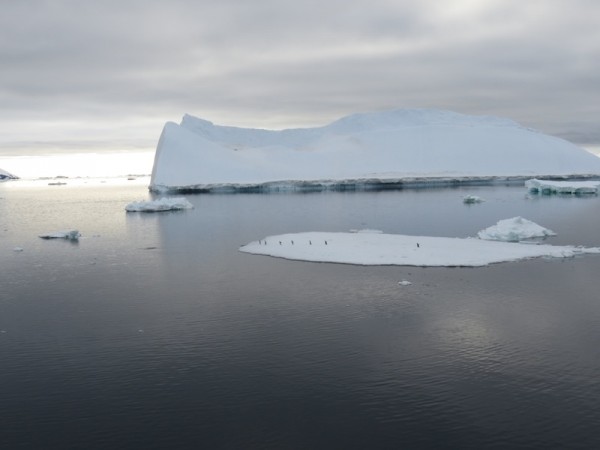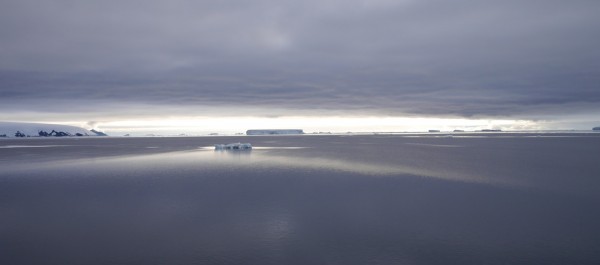![]()
![]() Sifting through more than 30 gigabytes of photos and videos from our trip to Antarctica is taking longer than we expected. (The start of the semester might have something to do with that too.) To tide you over until we are ready to properly blog our adventures, here are some photos and videos from a 48-hour period of our trip that provide a glimpse of the many faces and forms of ice in Antarctica.
Sifting through more than 30 gigabytes of photos and videos from our trip to Antarctica is taking longer than we expected. (The start of the semester might have something to do with that too.) To tide you over until we are ready to properly blog our adventures, here are some photos and videos from a 48-hour period of our trip that provide a glimpse of the many faces and forms of ice in Antarctica.
Icebergs are formed from broken off bits of glaciers or ice sheets. Icebergs are larger than a house (bigger than 300 m2) and stick up more than 5 m above the water line. The ones above are pretty small icebergs. They can get a lot bigger: as we cruised through Antarctic Sound – also referred to as ‘Iceberg Alley’ as it acts as a bottleneck for bergs moving out of the Weddell Sea – on 22nd of December, we zig-zagged through a series of massive tabular bergs that dwarfed our ship.
Keep an eye out for the part of this video where a small section of this tabular iceberg’s sheet sides calved off into the sea.
When ice is about the size of a house (100-300 m2) and extends 1-5 m above the water line, it’s officially called a “bergy bit.” Smaller than that and they are called “growlers.”For a primer on iceberg and sea ice terminology, check out this page.
In addition to the myriad glacier chunks, we also saw a lot of sea ice, which forms from the freezing of sea water. The video below shows us moving slowly through open pack ice and brash ice as we tried to make our way to Palmer Station on the night of 23-24 December, 2013.
We nosed into the Weddell Sea early in the morning of 22 December. The sea ice was too close or compact for us to go anywhere in the Weddell Sea. This is the sea that sank the Endurance after all. But, we did get some lovely photos in the early morning light of ice in its myriad forms.










Comments (1)